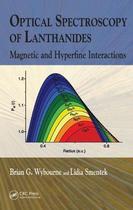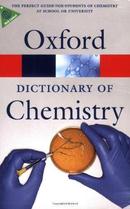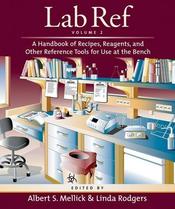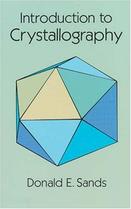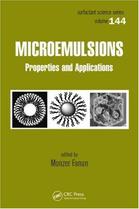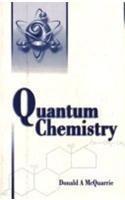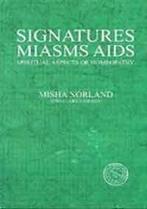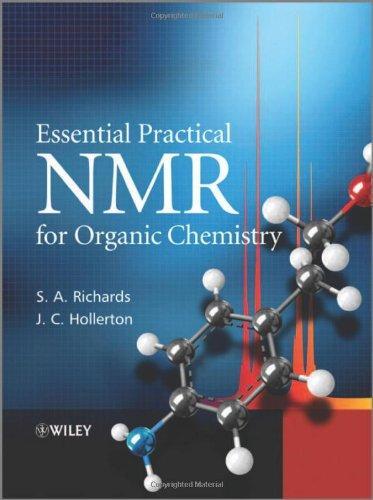 14.0%OFF
14.0%OFF

Download App
| >> | LShop | >> | Book | >> | Mathematics & Scienc... | >> | Chemistry | >> | Essential Practical ... |
 14.0%OFF
14.0%OFF
Essential Practical NMR for Organic Chemistry
-
ISBN
:
9780470710920
-
Publisher
:
John Wiley & Sons
-
Subject
:
Chemistry, Physics
-
Binding
:
Hardcover
-
Pages
:
216
-
Year
:
104
₹
8018.0
 14.0% OFF
14.0% OFF
₹
6895.0
Buy Now
Shipping charges are applicable for books below Rs. 101.0
View Details(Imported Edition) Estimated Shipping Time : 15-18 Business Days
View Details-
Description
This book describes the use of NMR spectroscopy for dealing with problems of small organic molecule structural elucidation. It features a significant amount of vital chemical shift and coupling information but more importantly, it presents sound principles for the selection of the techniques relevant to the solving of particular types of problem, whilst stressing the importance of extracting the maximum available information from the simple 1-D proton experiment and of using this to plan subsequent experiments. Proton NMR is covered in detail, with a description of the fundamentals of the technique, the instrumentation and the data that it provides before going on to discuss optimal solvent selection and sample preparation. This is followed by a detailed study of each of the important classes of protons, breaking the spectrum up into regions (exchangeables, aromatics, heterocyclics, alkenes etc.). This is followed by consideration of the phenomena that we know can leave chemists struggling; chiral centres, restricted rotation, anisotropy, accidental equivalence, non-first-order spectra etc. Having explained the potential pitfalls that await the unwary, the book then goes on to devote chapters to the chemical techniques and the most useful instrumental ones that can be employed to combat them.A discussion is then presented on carbon-13 NMR, detailing its pros and cons and showing how it can be used in conjunction with proton NMR via the pivotal 2-D techniques (HSQC and HMBC) to yield vital structural information. Some of the more specialist techniques available are then discussed, i.e. flow NMR, solvent suppression, Magic Angle Spinning, etc. Other important nuclei are then discussed and useful data supplied. This is followed by a discussion of the neglected use of NMR as a tool for quantification and new techniques for this explained. The book then considers the safety aspects of NMR spectroscopy, reviewing NMR software for spectral prediction and data handling and concludes with a set of worked Q&As.
-
Author Biography
Steve Richards graduated in Chemistry from Bangor University in 1977 and completed an MSc in Analytical Chemistry at Bristol in 1979. He joined Glaxo Group Research in 1980 and has worked in the NMR spectroscopy department ever since. He has run regular courses in NMR interpretation for new graduates and sandwich students within GSK since the late 80s.John Hollerton joined the GSK spectroscopy department in 1980. Having spent time working with other spectroscopic techniques, he has been focused on NMR spectroscopy since 1982. He is now the manager with a staff of thirteen scientists working under his direction. John has also lectured internationally on the subject on many occasions.
Related Items
-
of












 6895.0
6895.0





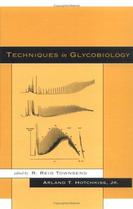
 5659.0
5659.0
